Just like any machine, a computer is a combination of several parts working together to achieve a common objective. But what really goes on inside this ingenious device that has become an inseparable part of our daily lives? How do these individual components coalesce into this magical gadget that has the power to connect us to the world, manage our finances, entertain us, and much more?
Let’s delve into the fascinating world of computers and break it down to understand how it all works.
Understanding the Basic Components of a Computer
Peeling back the layers of a computer, we find that it’s essentially a marvel of interconnected parts, which broadly fall into two categories: hardware and software. Picture hardware as the tangible, touchable parts of your computer—the parts you can literally reach out and feel.
These include your display screen, keyboard, mouse, and the internal guts of your machine: the Central Processing Unit (CPU), storage devices, and memory modules.
Contrast this with software, the intangible yet indispensable components that bring life to your hardware. Software encompasses a vast array of programs and applications that execute on your hardware, enabling you to accomplish a variety of tasks. Want to surf the web, draft a document, edit a photo, or challenge yourself with a gaming session? It’s the software at play!
While the hardware can be thought of as the body of the computer, offering its physical capabilities, the software serves as the computer’s brain, instructing the hardware on what actions to take.
Together, they collaborate to provide the remarkable computing power that we so heavily rely on every day. Yet, each of these components, in their own right, plays a critical role in the overall functioning of the computer. Let’s zoom in on these elements and discover the magic behind their workings.
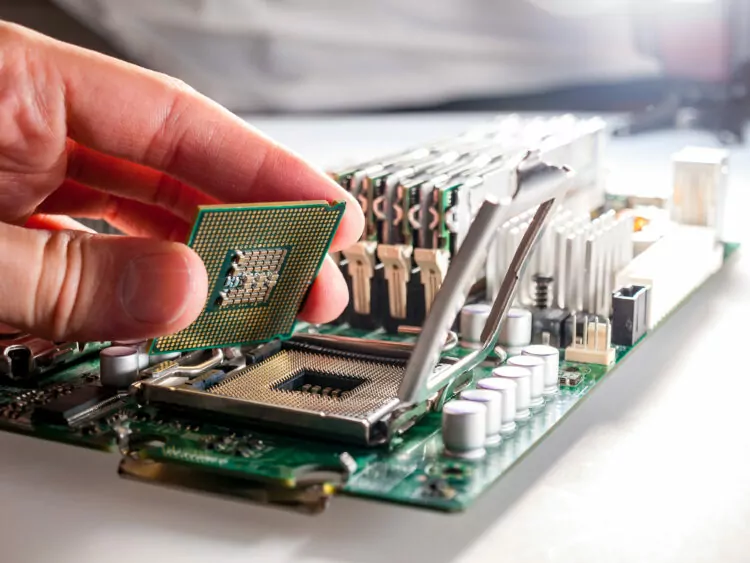
The Role of the Central Processing Unit
Think of the Central Processing Unit (CPU) as the conductor of an orchestra, coordinating and executing all the commands and processes that your computer needs to function. This crucial component is often referred to as the computer’s brain—and for a good reason. The CPU’s main role is to receive instructions from the memory, decode them, carry out the action required, and return the results back to the memory.
Every time you open an application, create a document, play a game, or even just move your cursor, your CPU is hard at work. It’s constantly deciphering a series of instructions, called a program, which guide it on what tasks to perform.
Just like a higher-horsepower engine makes a car faster, the speed at which your CPU can process these instructions greatly influences the overall performance and speed of your computer.
It’s not an overstatement to say that the CPU is the heart of any computer system. Its role in decoding and executing instructions is pivotal to your computer’s functioning. However, it’s essential to remember that the CPU is just one part of the intricate puzzle that is a computer system. Despite its importance, the CPU is dependent on the other hardware and software components to carry out its function effectively.
So the next time your computer responds to your command at lightning speed, you’ll know who to thank—the hardworking Central Processing Unit!
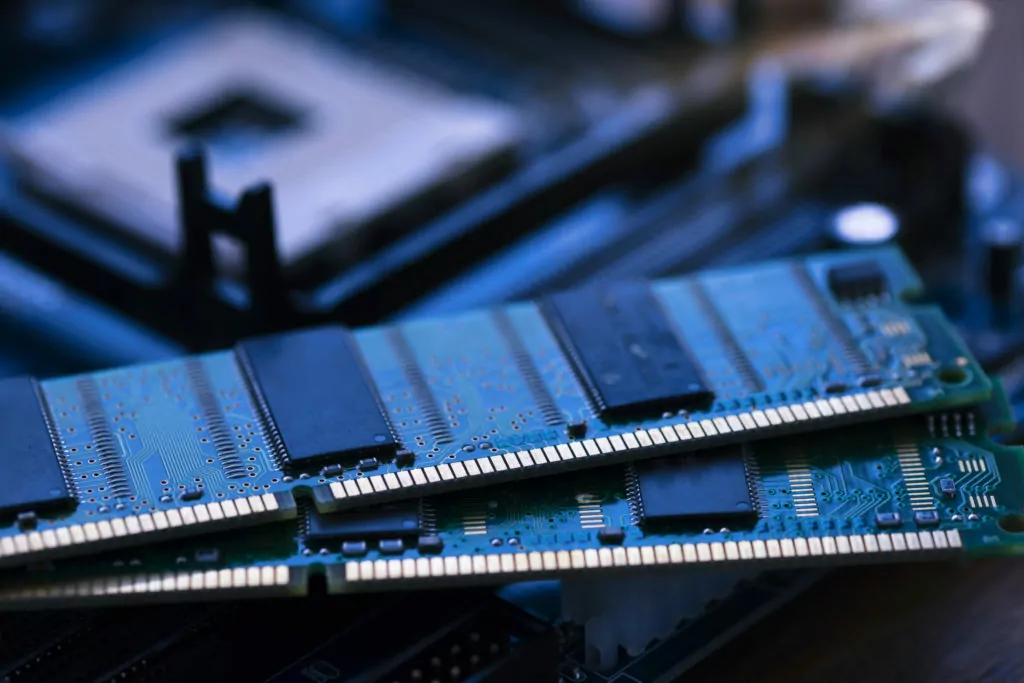
The Importance of Random Access Memory
Often referred to as the computer’s short-term memory, Random Access Memory, better known as RAM, holds a position of pivotal importance in the functioning of your computer system. But what does RAM do, exactly?
Imagine your computer performing a juggling act—open applications, documents being edited, websites being browsed, everything happens simultaneously. This is where RAM steps in, storing data that is currently being used or likely to be used soon, ensuring your computer can access it promptly.
RAM is like your computer’s working table — the more space you have on it, the more tasks you can perform at once efficiently without any lag. This explains why a computer with a higher amount of RAM doesn’t slow down easily even when multiple applications are open.
Unlike your hard drive, which stores information permanently, RAM is a form of volatile memory. This means that it needs a constant supply of power to retain data. As soon as you switch off your computer, all the data in RAM vanishes. That’s why any unsaved work disappears if your computer suddenly loses power.
In summary, RAM is essentially your computer’s working memory, providing the CPU with quick access to the data it needs to perform immediate tasks. By keeping this data readily accessible, RAM ensures your computer runs smoothly, keeping you productive, entertained, and connected without any frustrating lags.
Just remember, while more RAM means a faster computer, it works best when it’s in harmony with the other components of your machine.
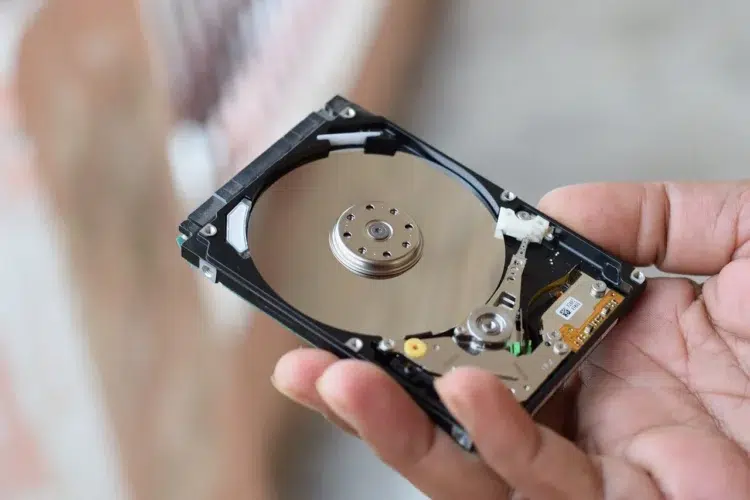
Understanding the Hard Drive’s Function
If you’ve ever wondered where all your files, pictures, videos, and even your favorite games reside within your computer, let’s pull the curtain back on the hard drive! This component is the computer’s storage king, serving as the permanent residence for all your data.
Everything you save on your computer, from the operating system that makes your computer run to that cherished family photo you took last summer, is stored on the hard drive.
Unlike RAM, which forgets everything the moment you switch off your computer, the hard drive’s memory is non-volatile. This means that it remembers everything, even when the power is off, safeguarding your important files and data.
There are mainly two types of hard drives you’ll come across: Hard Disk Drives (HDD) and Solid State Drives (SSD). Hard Disk Drives are the traditional, mechanical type that use spinning disks to read and write data. They offer a lot of storage space at a relatively low cost, which is why they’ve been a staple in computers for decades.
On the other hand, Solid State Drives, or SSDs, are the new kids on the block. SSDs don’t have any moving parts, making them faster, more durable, and quieter than their HDD counterparts. However, this performance boost comes with a heftier price tag.
Regardless of the type, the hard drive is essentially your computer’s personal librarian, meticulously storing and retrieving your precious data upon request. Each time you save a file, download a song, or install a new program, you’re interacting with your hard drive. So next time you hit save on that important document, you’ll know where it’s going – straight to your faithful hard drive!
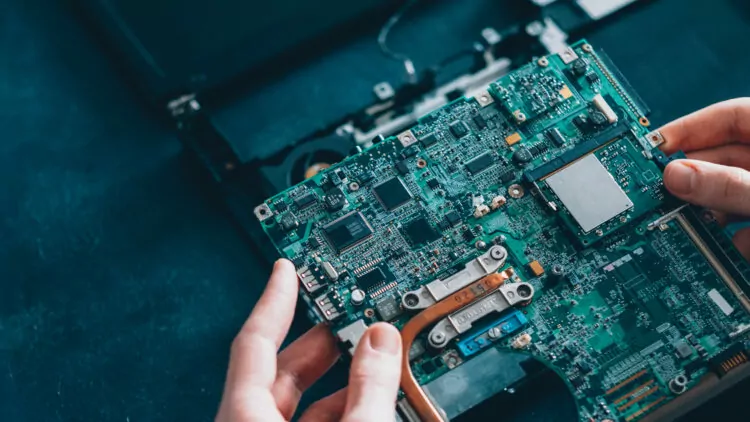
The Role of the Motherboard in Computer Functioning
Imagine the motherboard as the central nervous system of your computer. Just like your spine supports and interlinks all major parts of your body, the motherboard plays a similar role inside your computer. It’s the main communication highway for all your computer’s components, including the hardworking CPU, the quick-thinking RAM, and the reliable hard drive.
The motherboard is a large circuit board that houses these components and ensures they work together in harmony. It contains various slots, ports, and connectors that facilitate communication between these components.
Think of it as a bustling city, with data like vehicles zooming down its roads and highways. Each command you make, whether it’s launching an application, saving a file, or playing a video, sparks a flurry of activity on your motherboard.
Yet, it’s not just about maintaining order amid the chaos. The motherboard also supplies power to these components, making sure they can carry out their tasks without a hitch. It’s a tireless maestro, orchestrating the symphony of data exchanges, power distribution, and communication that happens every second within your computer.
So, while it may not be as visible as your screen or as frequently mentioned as the CPU, the motherboard holds a central role in your computer’s operation. Each time you use your computer, remember, it’s the unsung hero—the motherboard—that ensures everything works together seamlessly.
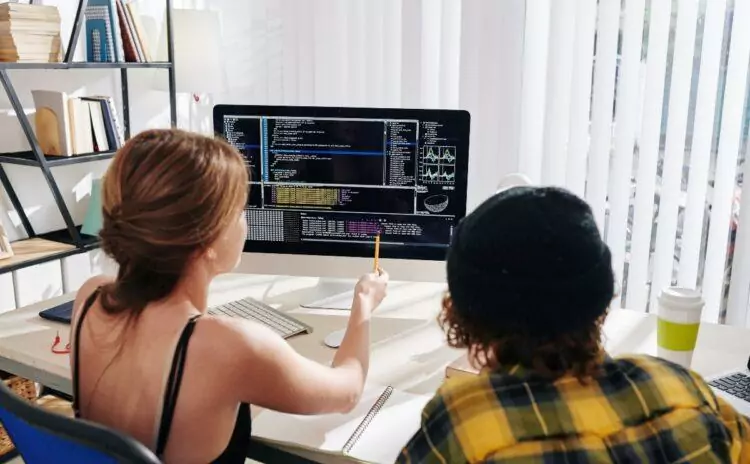
The Software-Hardware Interplay
The dance between software and hardware is the backbone of your computer’s functionality. Each hardware component represents a physical capability or resource, while the software serves as the maestro, directing these resources to perform specific tasks.
Consider this analogy: when you’re clicking on an icon to open a file, the operating system—which is a type of software—sends an instruction to your hard drive—a piece of hardware—to retrieve the needed data.
This data then travels to the RAM for speedy access, gets processed by the diligent CPU, and finally, the resulting information is displayed on your monitor for you to see.
This ballet of operations between software and hardware happens in a fraction of a second, and it’s this beautifully orchestrated performance that makes your computer experience so seamless and productive.
So, the next time you’re breezing through multiple tasks on your computer, take a moment to appreciate the harmonious interplay of software and hardware working tirelessly behind the scenes.


